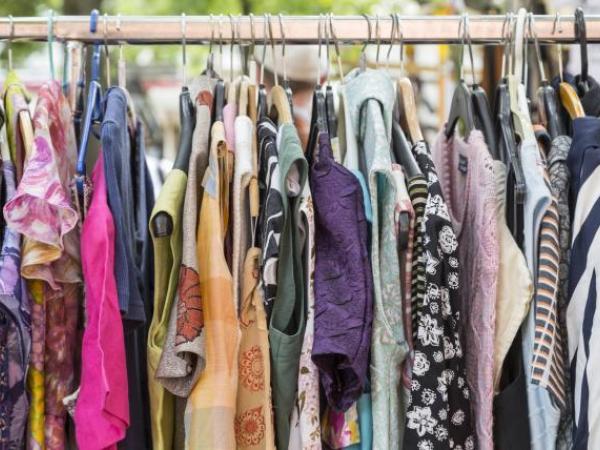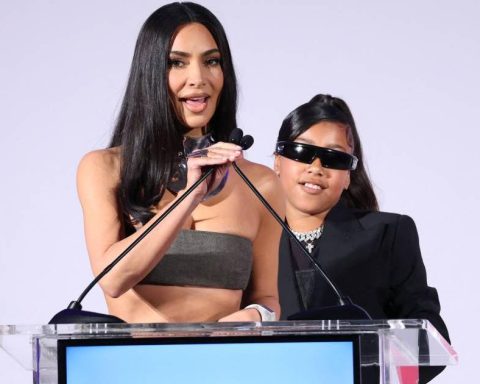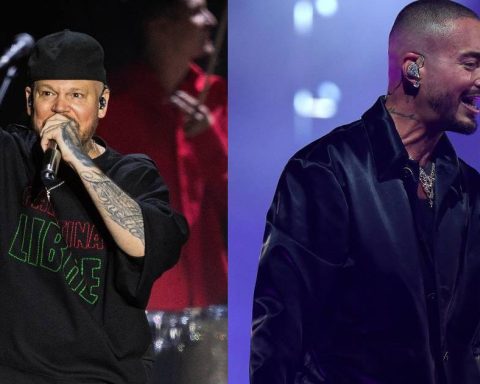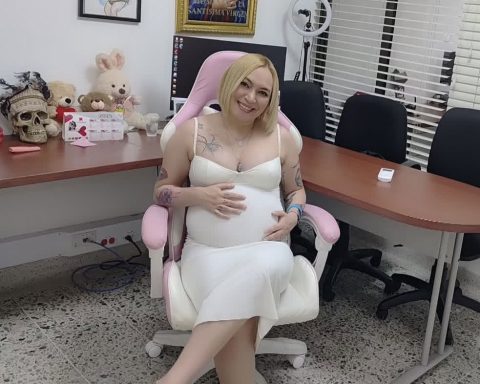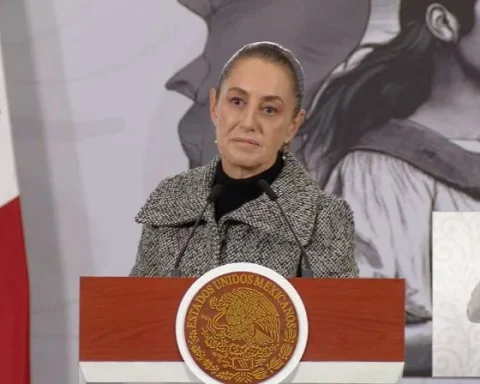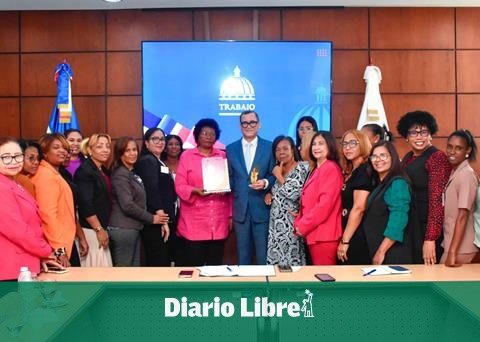In recent years, Sustainability has become one of the fundamental focuses in the fashion industry. This is how more and more brands are interested in circular economy movements or even in venturing into the second-hand market.
(See: Criticism of the proposal to tax textile imports).
Recently, the Zara chain store, of the Inditex Group, announced its pilot program Zara Pre-Owned, a platform that seeks to extend the useful life of garments with strategies such as resale, donation or repair of the same.
But this has not been the only firm that has bet on the second-hand business, since brands such as Levis, Urban Outfitters And till Balenciaga have ventured into this market which, according to the most recent study by Boston Consulting Group (BCG) and Vestiaire Collective, It has an estimated value between US$100,000 and US$120,000 million, representing between 3% and 5% of the global clothing, footwear and accessories sector.
However, according to this same report, entitled ‘What an accelerating secondhand market means for fashion brands and retailers’, the market could grow between 20% and 30% in the coming years.
(See: Original Penguin opens its first ‘ecological fashion’ store in Bogotá).
It can even represent 27% of the fashion that an average buyer will consume in 2023.
Who are the ones who buy or sell second-hand fashion the most?
Among the findings of the report, it was highlighted that Generation Z is the one that buys the most (31%) and sells (44%) second-hand items; followed by Millennials in these categories with levels of 27% and 37% respectively. For their part, other generations do so to a lesser extent.
Andrés Giraldo, managing director & partner of BCG, pointed out that these types of trends are explained because “40% of shoppers see second-hand clothing as their way of consuming fashion sustainably”.
“In addition, the variety of products continues to be important and the second reason for the consumption of this category. While half of those surveyed cited affordability and value as the main reason for buying second-hand clothing, this number has noticeably decreased since 2019 and 2020”, he added.
(See: The fashion startup that uses recycled cotton in its garments).
When inquiring about the type of consumer purchase, andhe The report highlighted that in 2020, the preference was 21% for second-hand stores hand, 74% chose to make their purchases in the traditional retail channel and 6% for rent. In 2022, the preference has focused 69% on the traditional retail channel, 25% on second-hand stores, and 6% on rent.
Facing the projections it is expected that by 2023 the consumption trend will be 67% of the traditional retail channel, 27% from the second-hand channel and to maintain 6% in rental items.
According to information from inexmoda, Fashion consumption in Colombia reached figures of $27.7 billion in 2021, that is, 21% more than in 2020 and 5% more than in 2019, “thus showing that the second-hand market in the country will continue to rise for consumers. years to come”, highlighted Inexmoda.
(See: Why men pay up to 15% more on jeans than women).
BRIEFCASE
